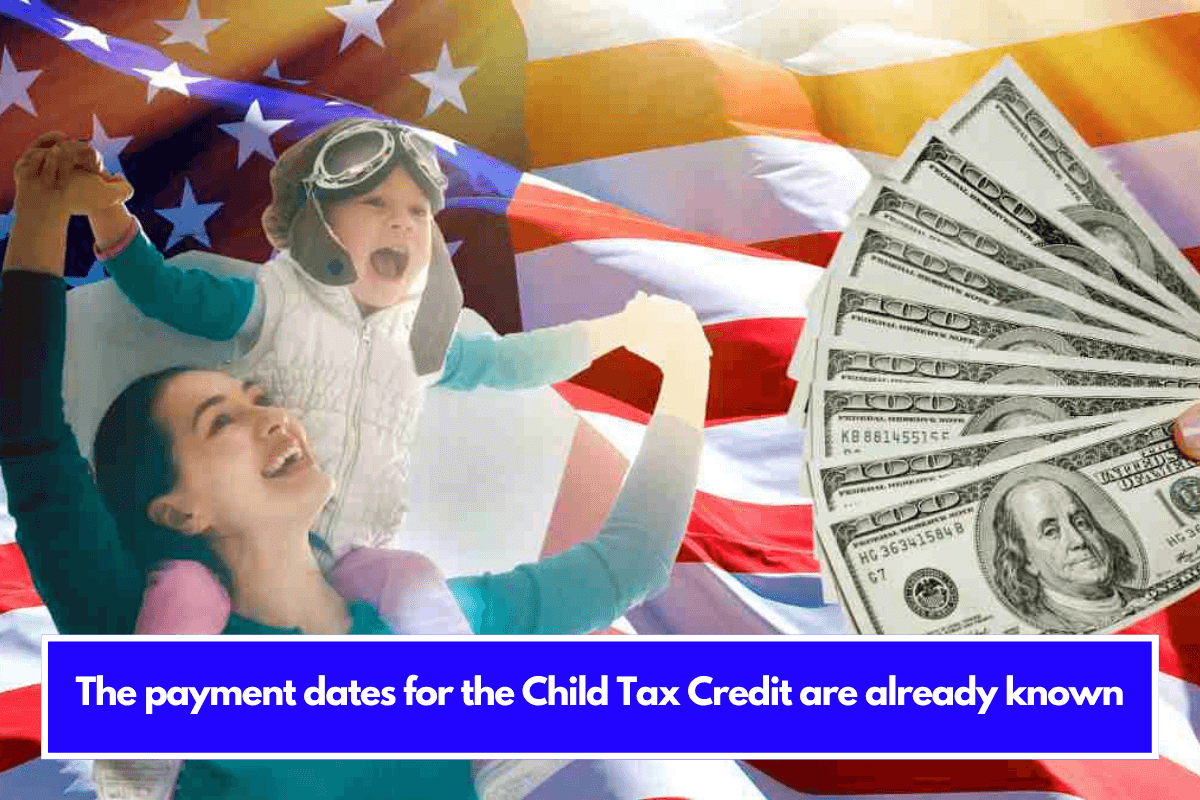Retirement planning is crucial for ensuring financial security in your post-working years. While Social Security benefits offer some support, they are rarely sufficient to cover all expenses. As a result, maximizing contributions to retirement accounts like 401(k)s is vital. The IRS has introduced several changes for 2025 to help workers save more effectively. Here’s what you need to know.
Higher Contribution Limits
The IRS has increased contribution limits for 401(k) plans and similar retirement accounts to keep pace with inflation:
- For workers under 50: The contribution limit rises to $23,500, up from $23,000 in 2024.
- For workers 50 and older: Standard catch-up contributions of $7,500 remain unchanged, bringing their total allowable contribution to $31,000 annually.
These adjustments enable workers to save more and benefit from employer matching programs, effectively doubling contributions for those whose employers match at a 1:1 ratio.
Enhanced Catch-Up Contributions
To assist workers closer to retirement, the IRS is introducing enhanced catch-up contributions:
- From 2025, workers aged 60 to 63 can contribute an additional $11,250, above the regular limit.
- Regular catch-up contributions of $7,500 remain available for those outside this age group.
This new rule provides older savers with an opportunity to boost their retirement accounts significantly during their final working years.
Automatic Enrollment
Starting in 2025, employers with 11 or more employees must automatically enroll new hires in 401(k) plans.
Key Details:
- Employers will set a default contribution rate of 3% to 10% of the employee’s salary in the first year.
- Contribution rates will increase by 1% annually, capped at 10-15% of salary.
Employees can opt out or adjust their contributions, but automatic enrollment encourages savings among those who might not otherwise participate.
Expanded Eligibility
The eligibility criteria for part-time employees to join their company’s 401(k) plan are becoming more inclusive:
- In 2024, part-time employees needed to work either 1,000 hours in a single year or 500 hours annually for three consecutive years.
- In 2025, the three-year requirement will reduce to two years, making it easier for part-time workers to access retirement savings plans.
Why These Changes Matter
These updates aim to enhance retirement preparedness for workers across all age groups. By increasing contribution limits and introducing automatic enrollment, the IRS is encouraging individuals to save more and take advantage of tax-advantaged accounts.
Additionally, the enhanced catch-up contributions and expanded eligibility for part-time workers address gaps that previously hindered specific groups from optimizing their savings.
Next Steps
To make the most of these changes:
- Maximize Contributions: Adjust your contributions to meet the new limits.
- Check Employer Policies: Confirm your eligibility and any changes to your company’s 401(k) matching program.
- Review Your Retirement Plan: Take advantage of automatic enrollment or catch-up contributions to strengthen your financial future.
FAQs
What is the 2025 401(k) contribution limit?
$23,500 for individuals under 50.
What are enhanced catch-up contributions?
An additional $11,250 for ages 60-63.
Is 401(k) automatic enrollment mandatory?
Yes, for companies with 11 or more employees.
Who qualifies as a part-time employee for 401(k) plans?
Those with 500 hours annually for two consecutive years.
Can I opt out of 401(k) automatic enrollment?
Yes, employees can opt out or adjust contributions.




















